Featured Images

Rima Bradley
Rima Bradley is a northeast/southwest-trending linear rille located between Mare Imbrium and Palus Putredinis (very close to the Apollo 15 landing site). Rima Bradley probably formed as a result of tectonic stresses in the Imbrium...
Published on 10 Feb 2011
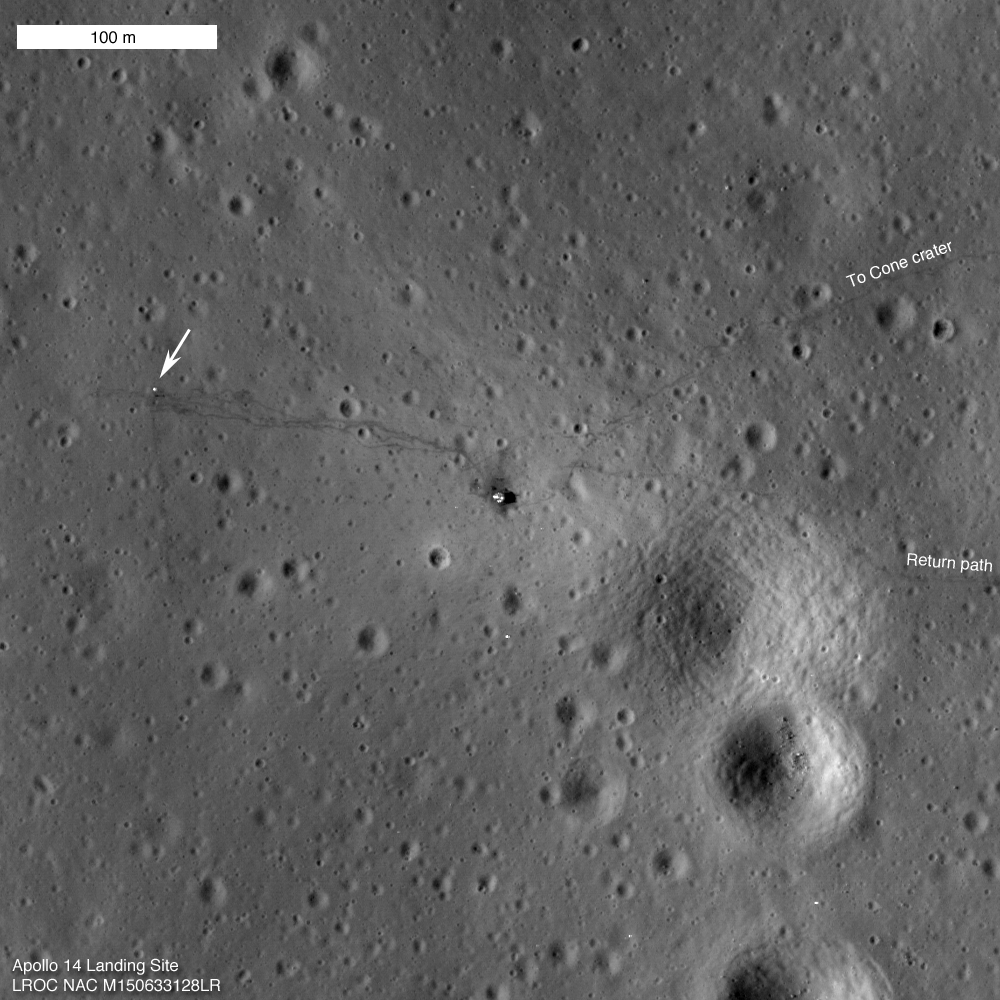
New View of Apollo 14
NAC image of the Apollo 14 landing site acquired 25 January 2011. Descent stage of lunar module Antares in center, image width is 500 meters [NASA/GSFC/Arizona State University].
Published on 04 Feb 2011
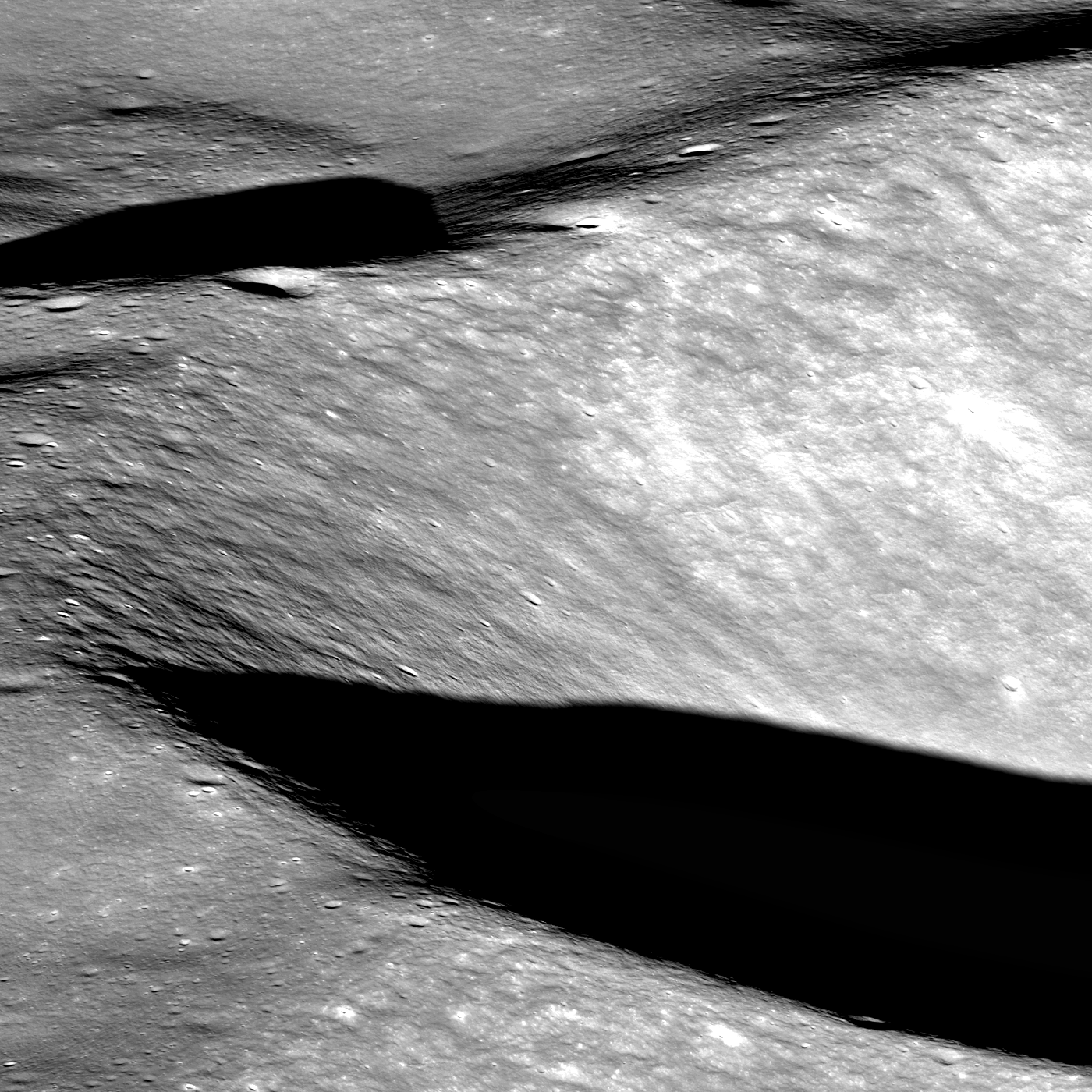
Approaching Aitken Crater - Vertregt J
As LRO slewed to obliquely view Aitken crater (17 January Featured Image), the northern edge of Vertregt J was serendipitously captured by the NAC. North to the left, image is about 6 km wide [NASA/GSFC/ASU].
Published on 19 Jan 2011
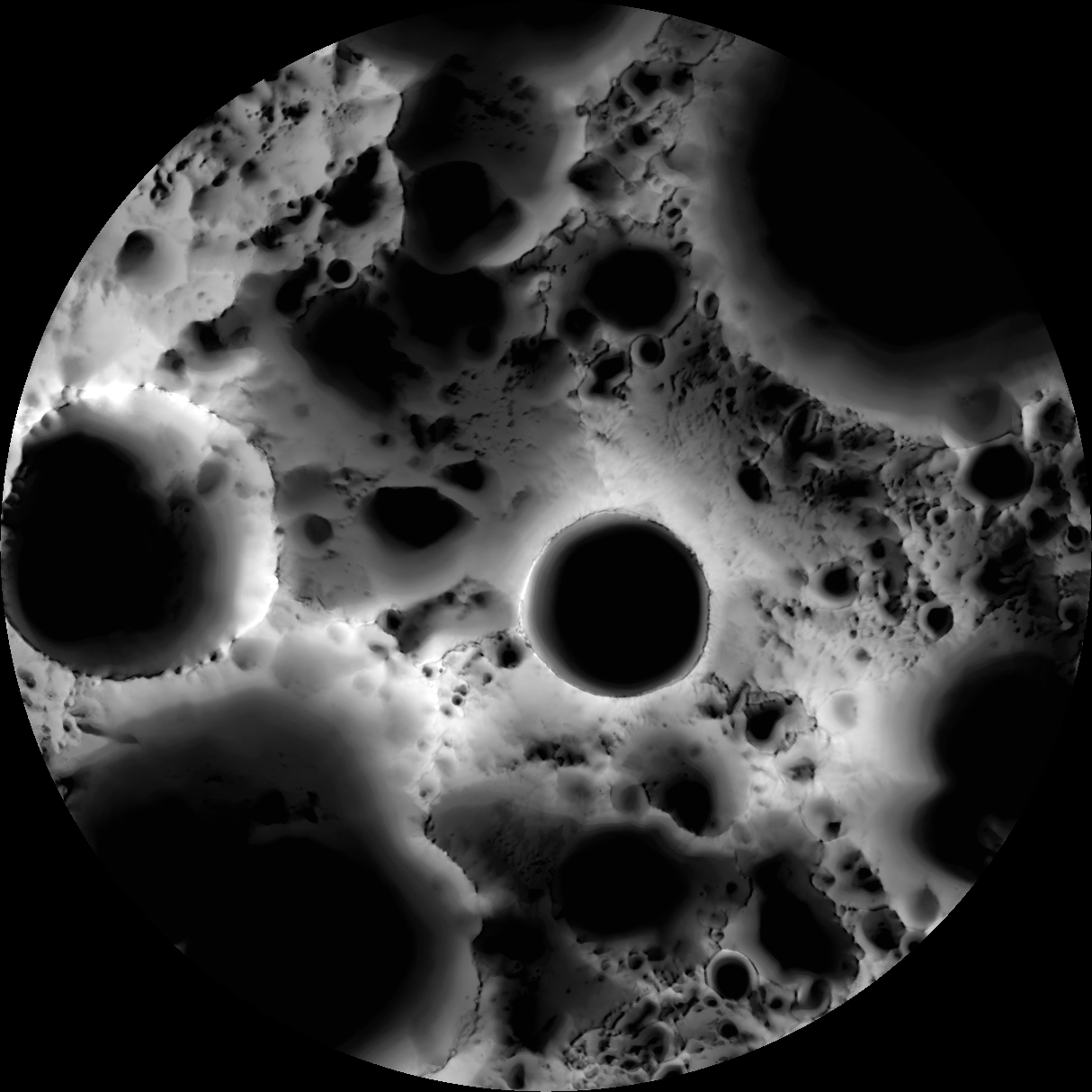
South Pole Illumination Map
Multi-temporal illumination map of the lunar south pole, Shackleton crater (19 km diameter) is in the center, the south pole is located approximately at 9 o'clock on its rim. Mapped area extends from 88°S to 90°S [NASA/GSFC/Arizona...
Published on 15 Dec 2010
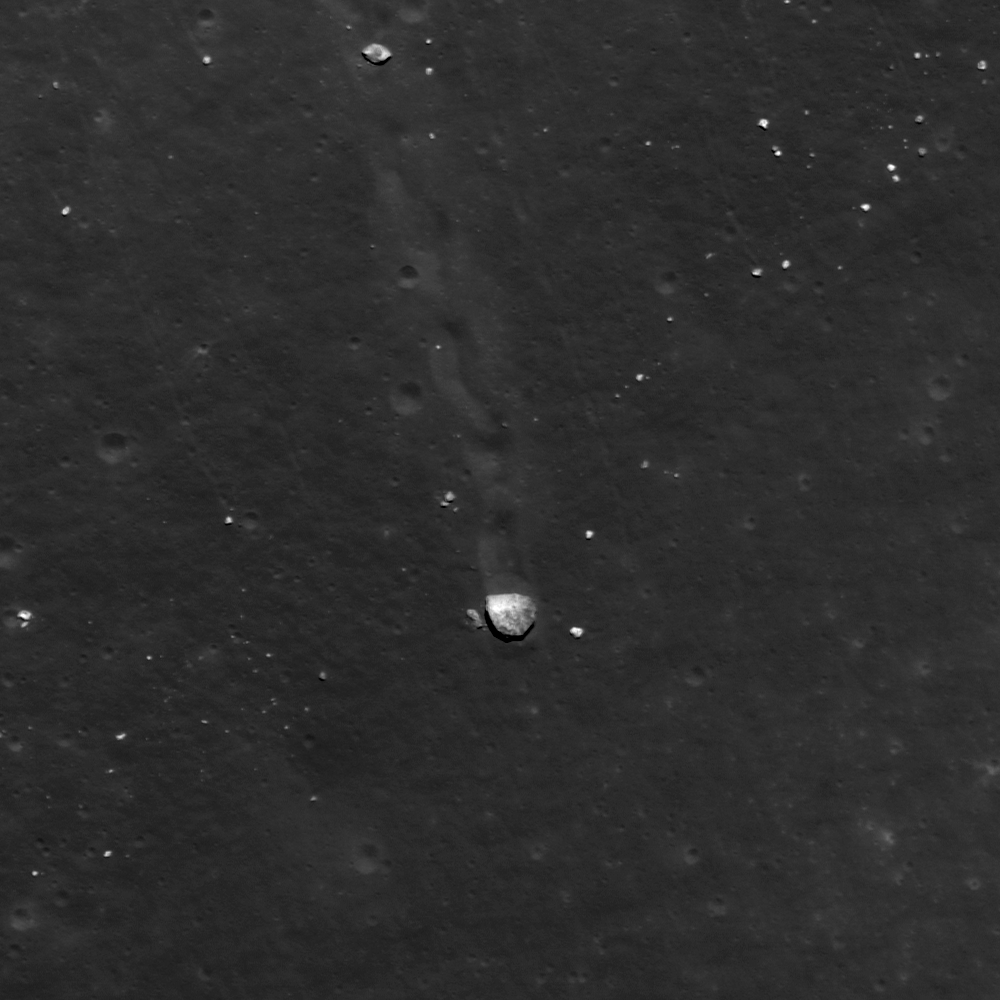
Gassendi's Central Peak
Close up of a boulder (25 meters or two school buses wide) on the central peak of crater Gassendi. LROC NAC frame M109495053R, image width is 450 m [NASA/GSFC/Arizona State University].
Published on 03 Nov 2010
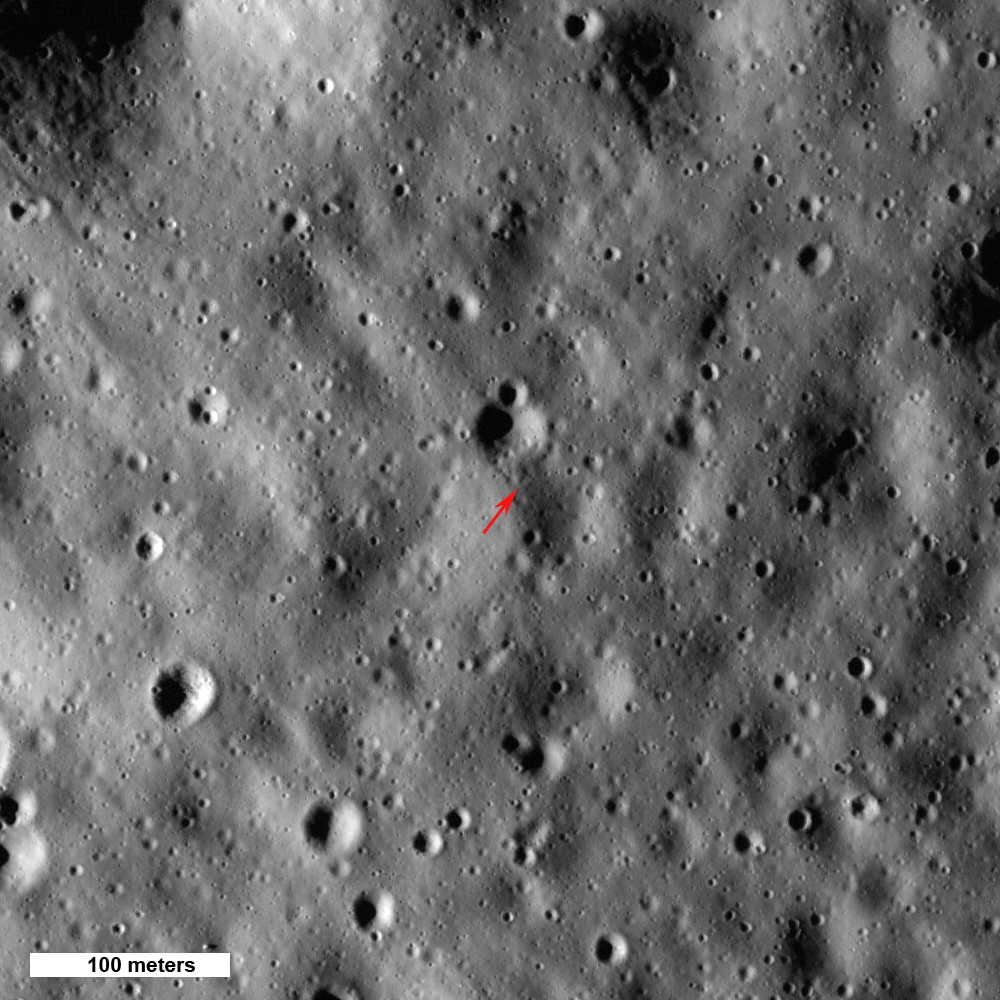
Highest Point on the Moon!
Arrow shows highest point on the Moon, 10,786 meters (35,387 feet) above the mean radius. North is up, Sun elevation is 16° from the horizon, image 500 meters wide, from M133865651L,R mosaic [NASA/GSFC/Arizona State University].
Published on 26 Oct 2010
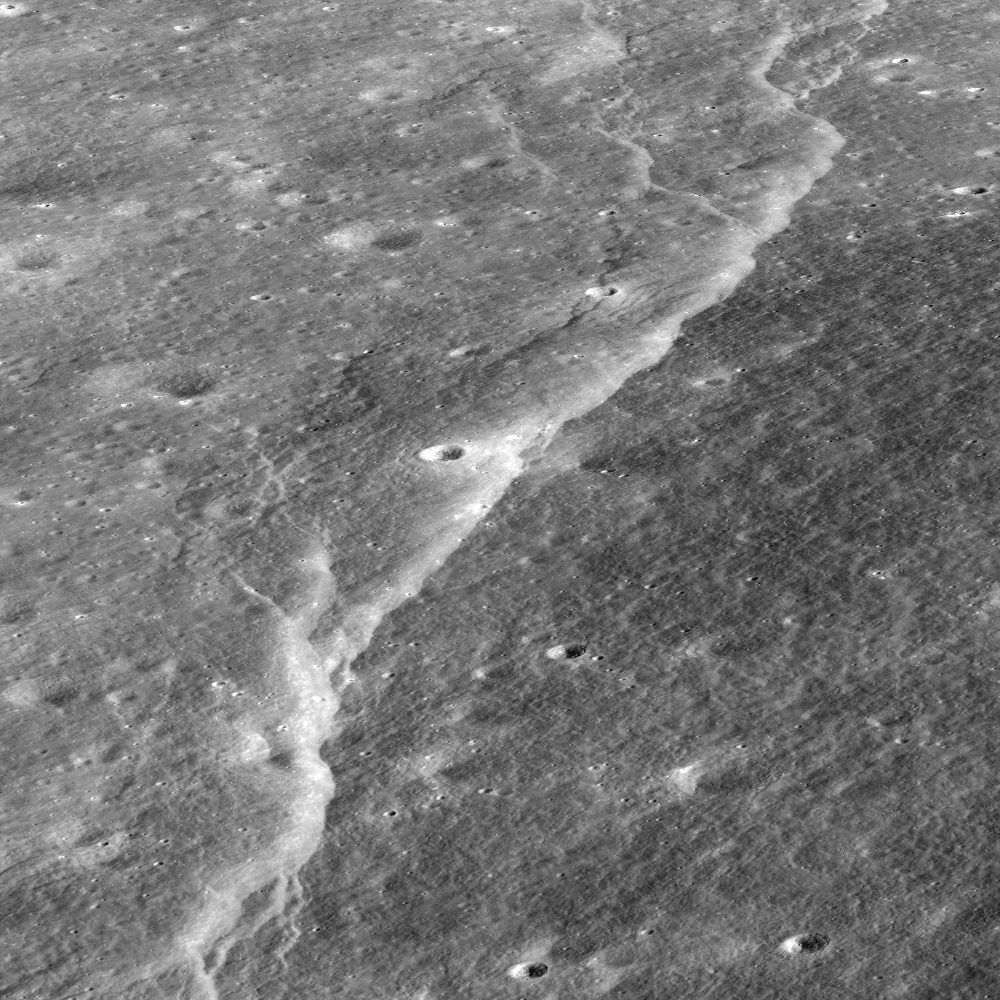
Slipher Crater: Fractured Moon in 3-D
Over time, the surface of the Moon fractures and buckles as it cools and shrinks, resulting in spectacular landforms. Stereo images provided by the LROC NAC allow a detailed look at these amazing features; view is to the east,...
Published on 12 Oct 2010
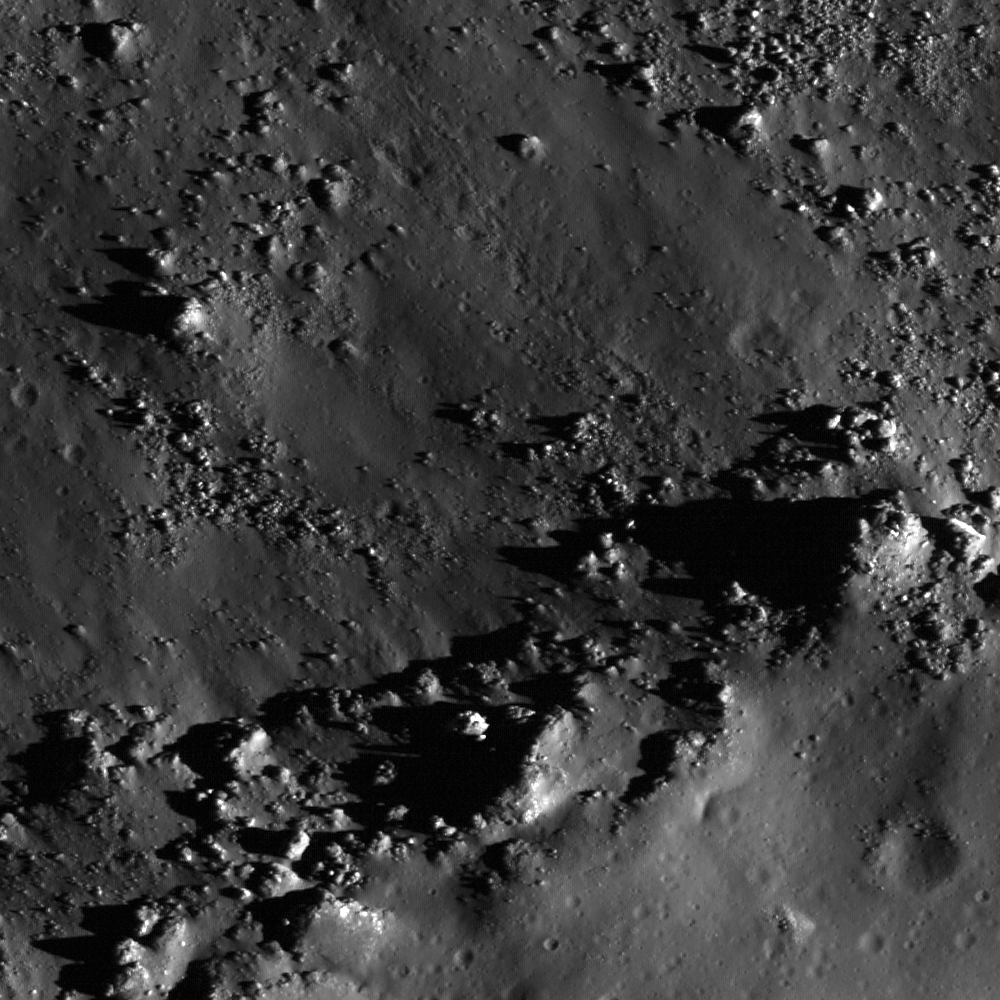
Copernicus Crater and The Lunar Timescale
LROC NAC view of the southern rim of Copernicus crater. Downslope direction is to the upper left and the fragmented material demarcates the rough edge of the crater rim. The surface texture is still sharp and crisp indicating a...
Published on 28 Sep 2010
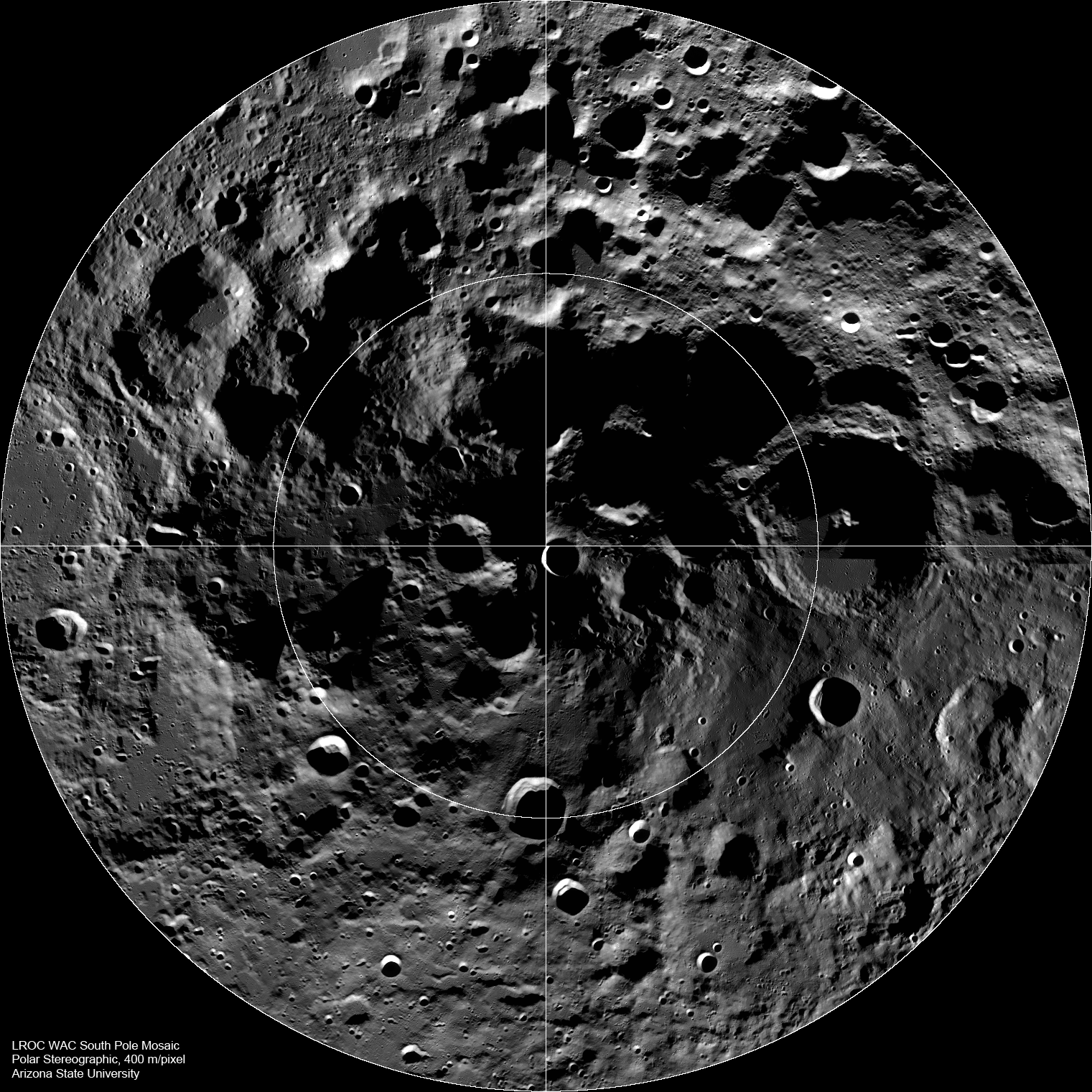
The Lunar South Pole
LROC Wide Angle Camera (WAC) mosaic of the south polar region, width ~600 km [NASA/GSFC/Arizona State University].
Published on 27 Sep 2010
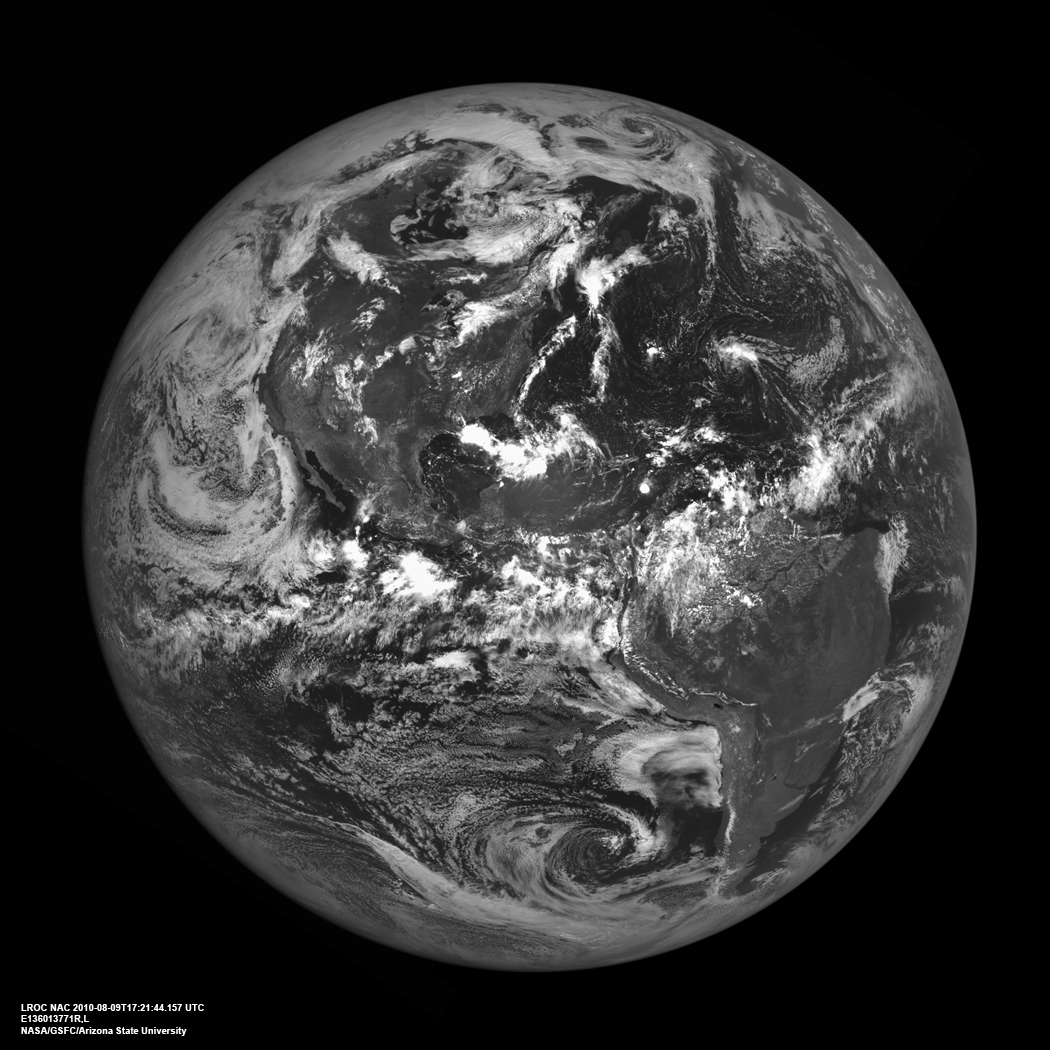
Americas from the Moon
The western hemisphere of our home planet Earth. North (upper left), Central, and South America (lower right) were nicely free of clouds when LRO pointed home on 9 August 2010 to acquire this beautiful view! LROC NAC E136013771...
Published on 15 Sep 2010
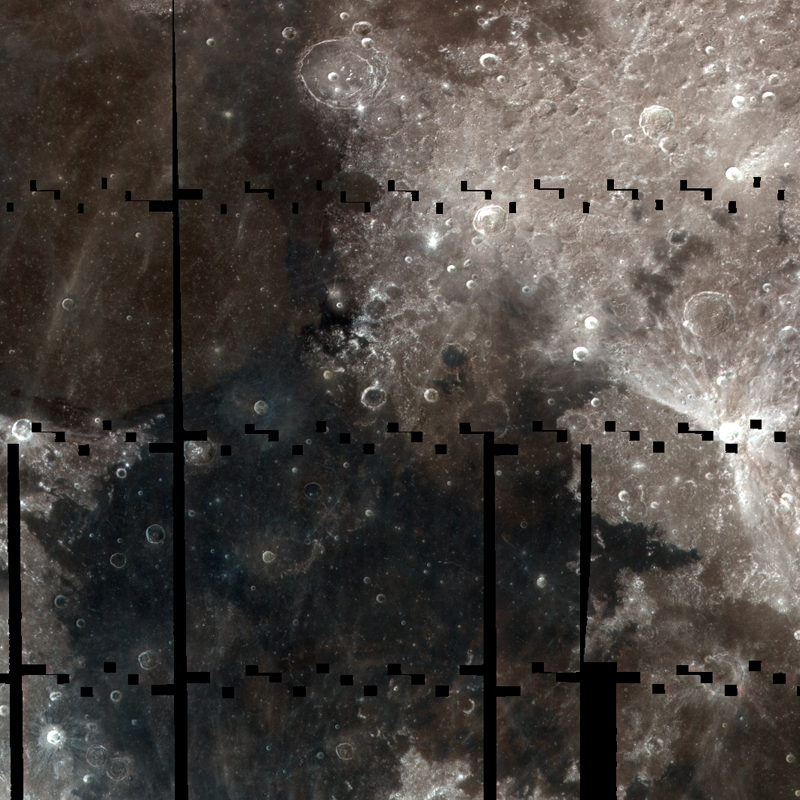
Color of the Moon
The LROC WAC is busily mapping the Moon in 7 UV and visible wavelengths (320 nm through 689 nm). This color composite shows 320 nm light in blue, 415 nm in green and 689 nm in red, scene is ~1000 km wide [NASA/GSFC/Arizona State...
Published on 10 Sep 2010
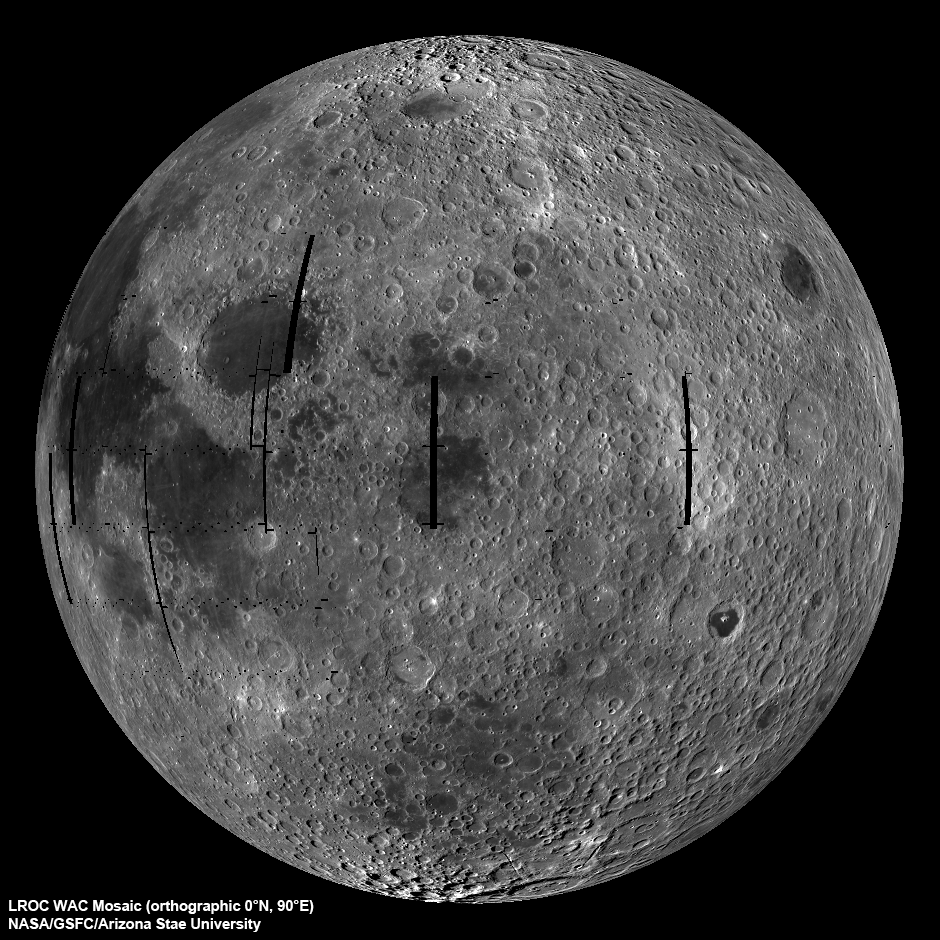
Moon Seen From the East
LROC Wide Angle Camera (WAC) view of the Moon seen from 90° east longitude. Half the nearside is visible to the left, and half the farside to the right [NASA/GSFC/Arizona State University].
Published on 08 Sep 2010
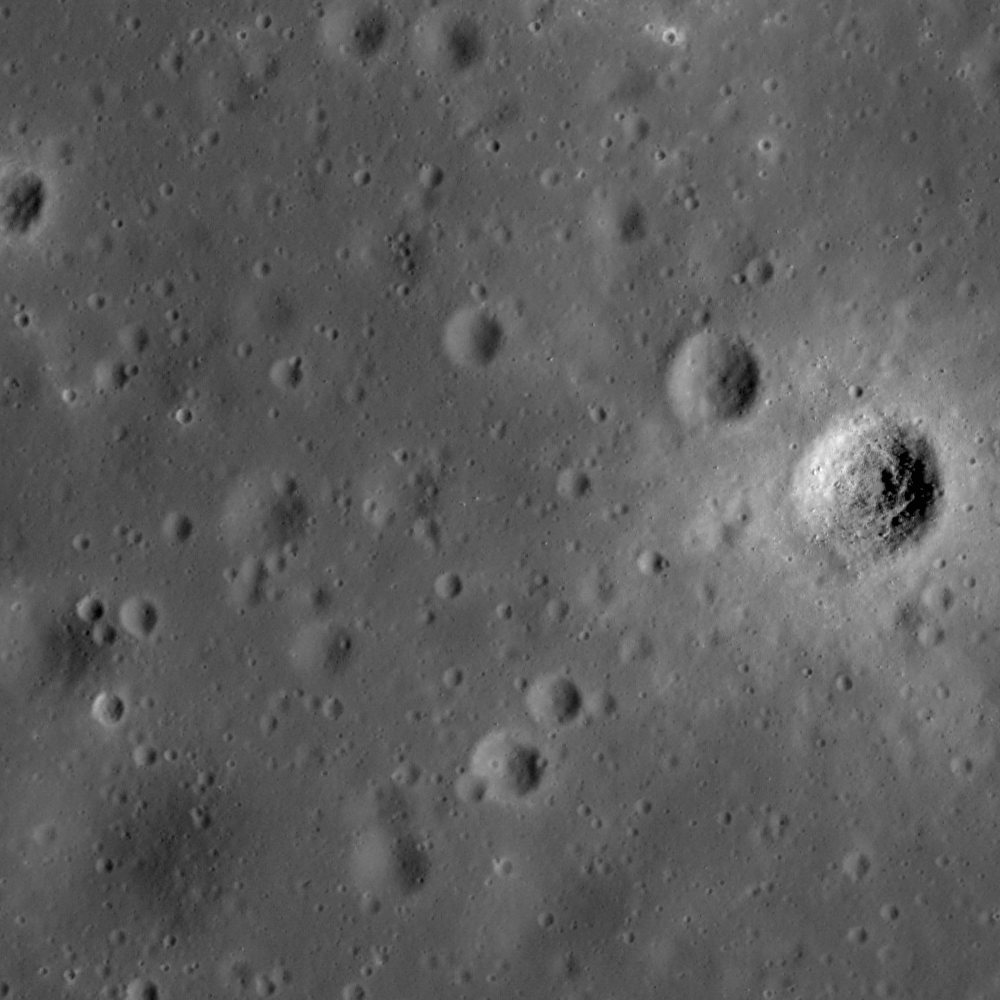
A path not taken
Mare surface in Sinus Aestuum near a lunar exploration site proposed in the late 1950s. Image width is 460 m [NASA/GSFC/Arizona State University].
Published on 05 Aug 2010
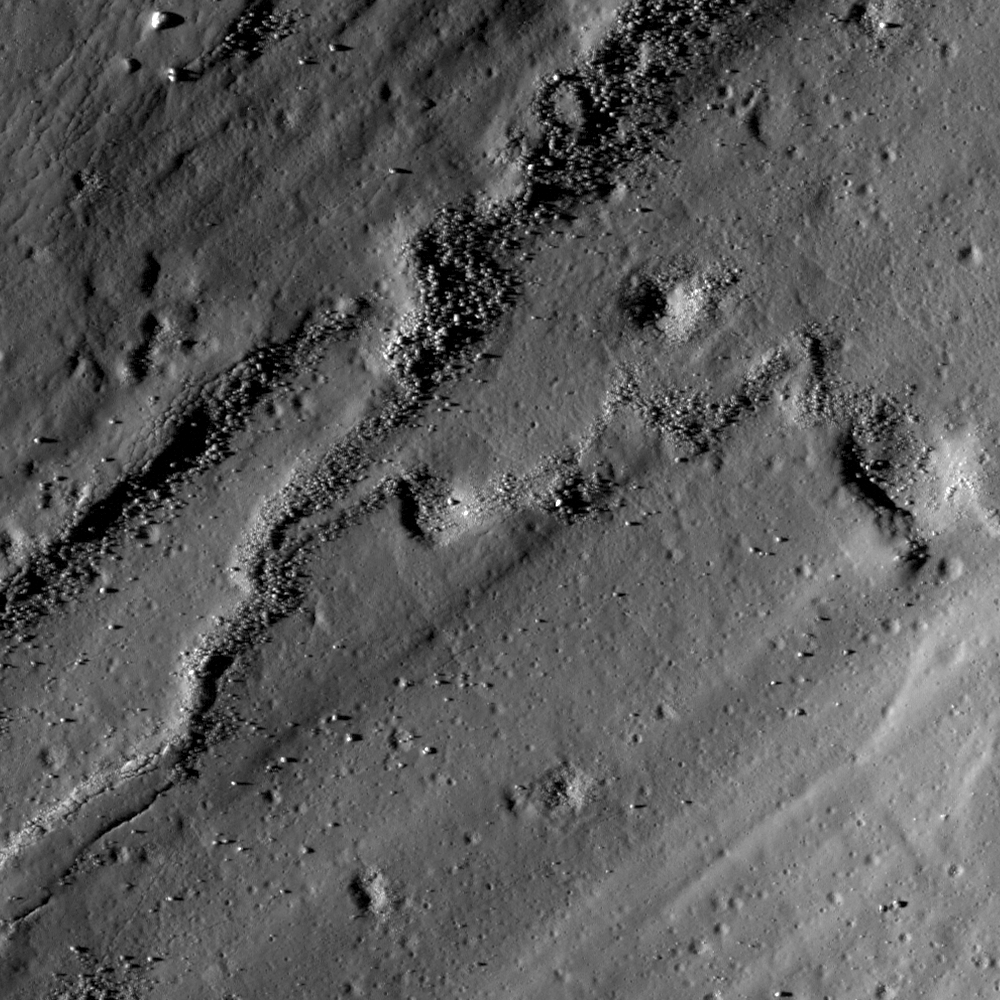
A molten flood
A flood of impact melt swept away from the rim of Necho crater. NAC image M119041553; scene width is 540 m [NASA/GSFC/Arizona State University].
Published on 29 Jul 2010
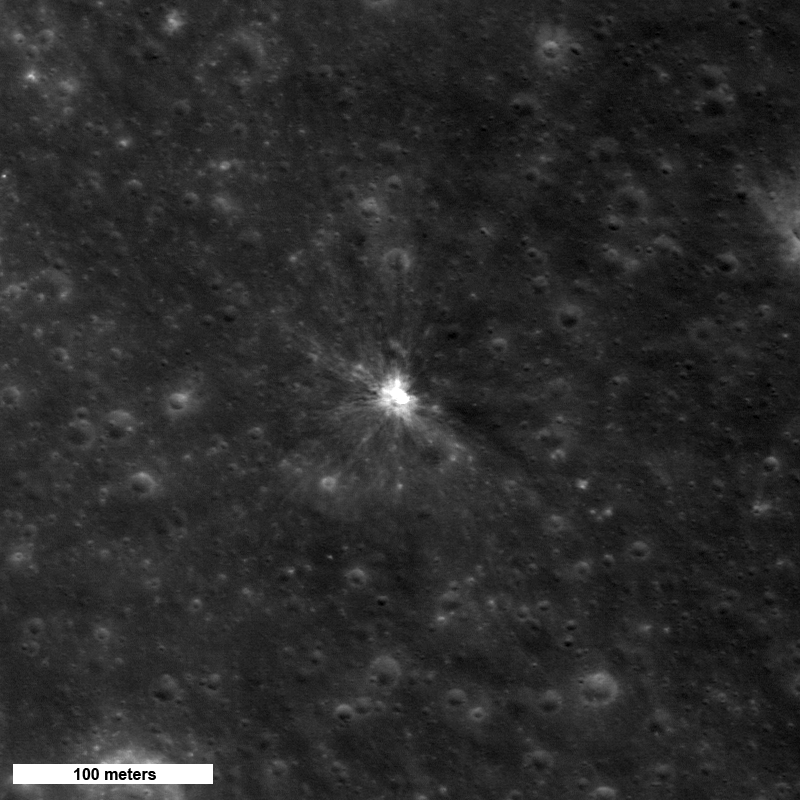
New Impact Crater on the Moon!
New impact crater on the Moon! Since this crater is not visible in images from the Apollo 15 mission, it formed sometime in the last 38 years. The new crater is only ~10 meters (30 feet) across, but its bright ejecta extends much...
Published on 27 Jul 2010
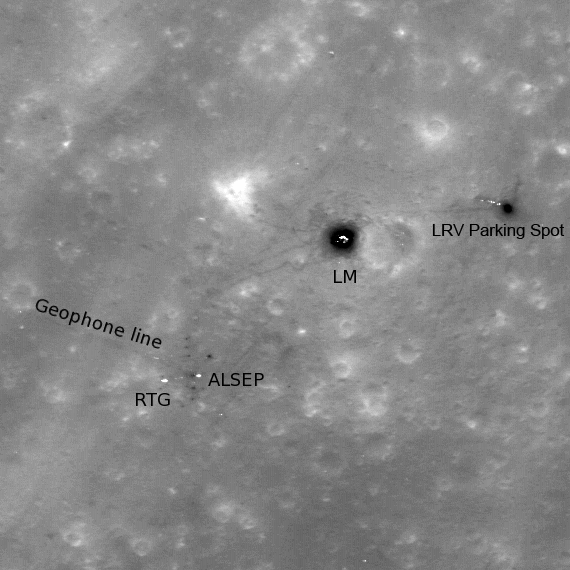
Apollo 16, Footsteps Under High Sun
High-sun image of the Apollo 16 landing site showing the lunar module descent stage, various pieces of equipment, and disturbed lunar soil (seen as darker lines and areas) which marks where John Young and Charles Duke traversed in the...
Published on 08 Jul 2010

Reiner Gamma Constellation Region of Interest
The heart of the Constellation region of interest in the Reiner Gamma swirl. Astronauts exploring this region will address longstanding questions about the origins of this distinctive natural feature. Image width is 510 m...
Published on 29 Jun 2010
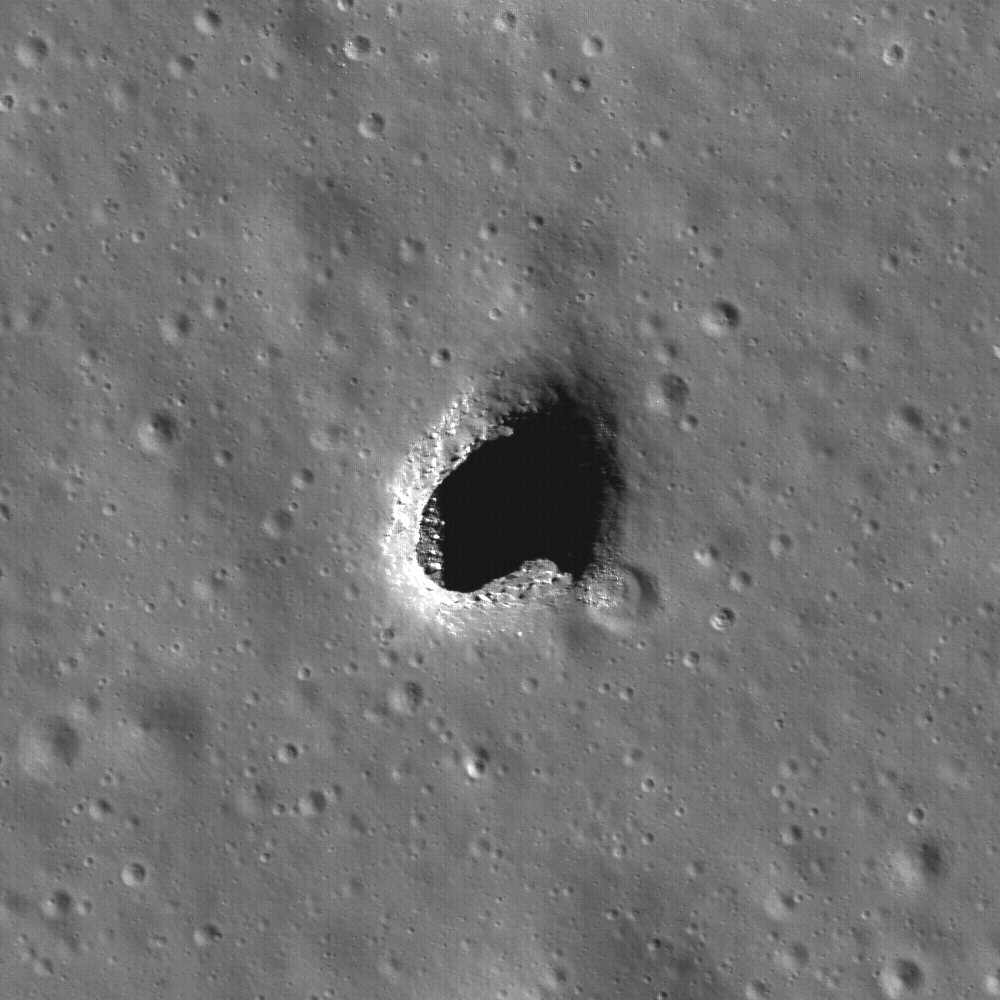
Depths of Mare Ingenii
Impact craters are visible everywhere on the Moon, but pits are rare. This pit in Mare Ingenii (located at 35.95°S, 166.06°E) is about 130 m in diameter! Image width is 550 m, illumination is from the upper right, NAC M128202846LE...
Published on 16 Jun 2010
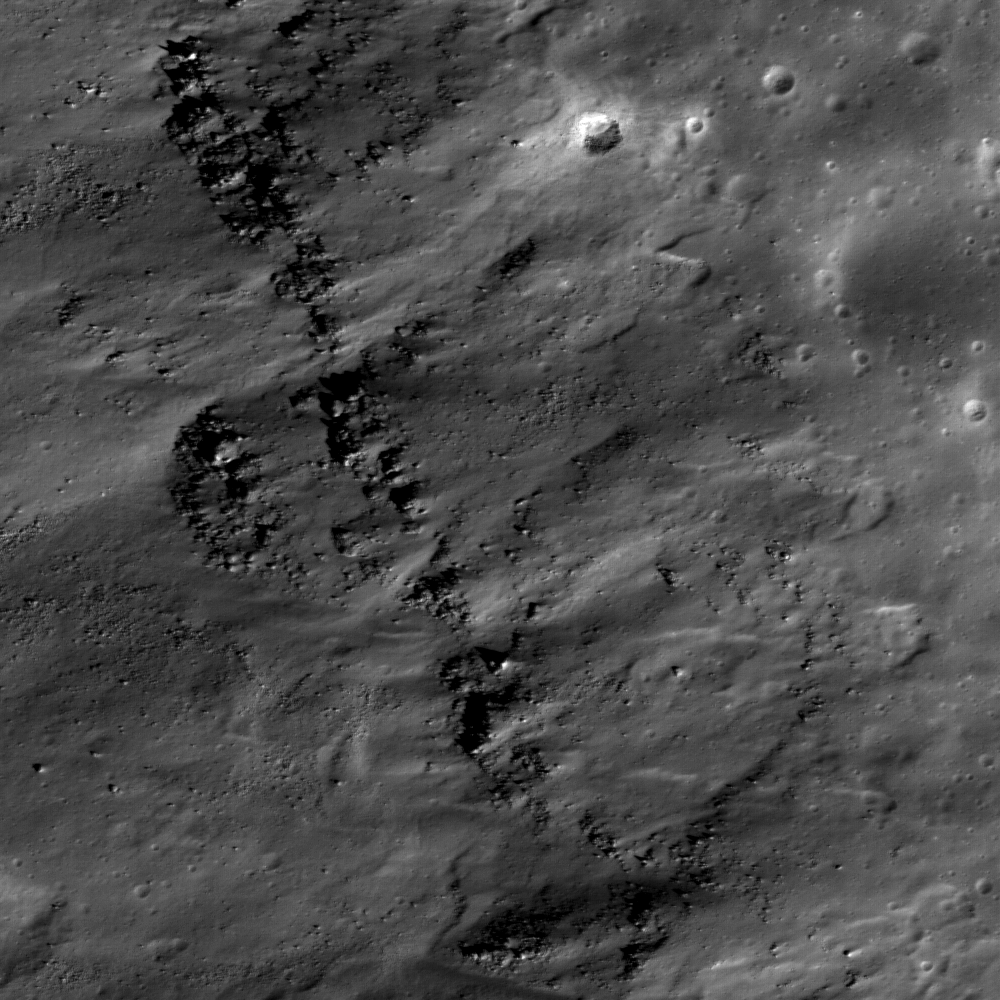
Lichtenberg Crater - A Constellation Region of Interest
This close up image of the wall of Lichtenberg crater shows distinct layering of pre-impact mare deposits. NAC frame M112040133L; scene is 530 m across [NASA/GSFC/Arizona State University].
Published on 15 Jun 2010
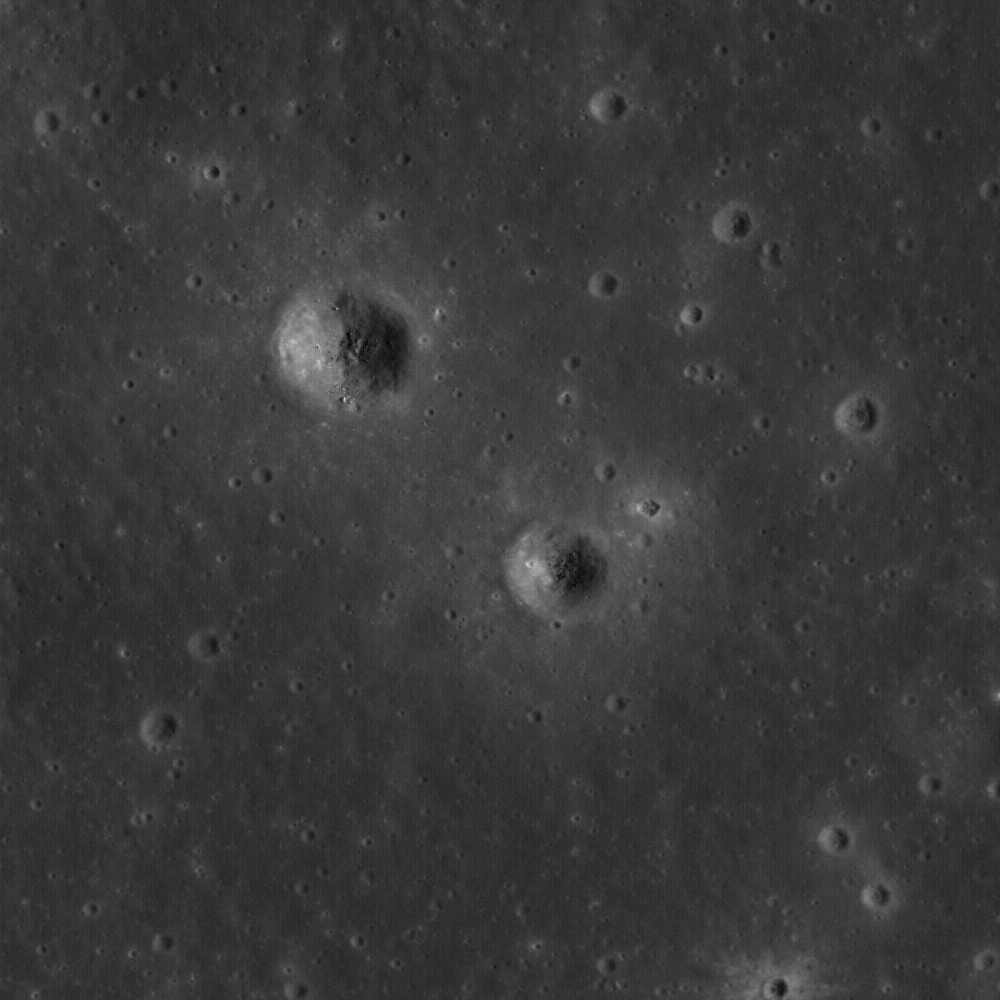
Window to the Farside Mantle
Ejecta from small craters reveal ancient buried mare to the northeast of Dewar crater, near the center of a Constellation region of interest. Image width is 570 meters [NASA/GSFC/Arizona State University].
Published on 10 Jun 2010